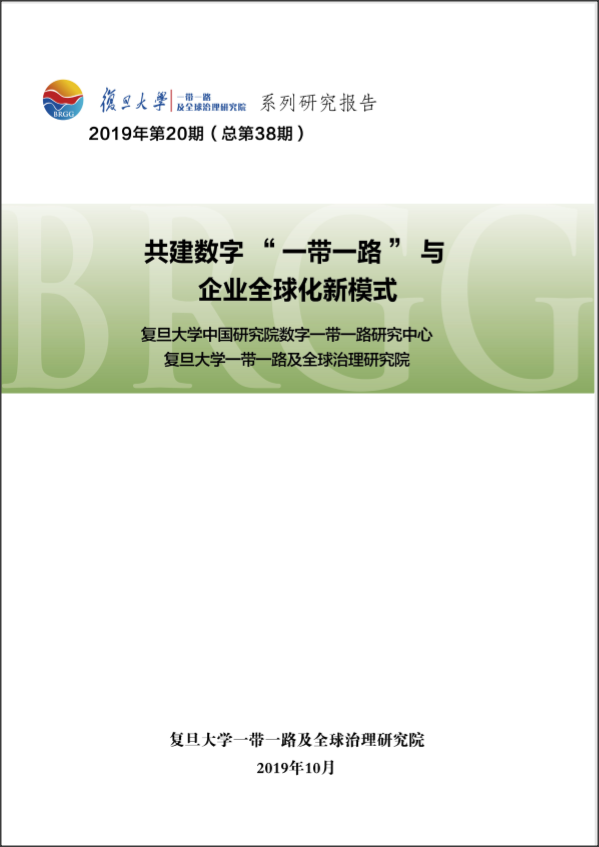
Abstract:In past 6 years, the Belt and Road Initiative (BRI) improved physical connectivity related to trade, infrastructure, and investment on the trans-continental scale. Hard infrastructure connectivity alone does not place countries or region on a path to inclusive and sustainable economic growth. This is why “soft” connectivity must come in. The concept of Digital Silk Road or Digital Eurasia is crucial and stands for high quality. Digital strategy is about smart investment, about innovation attitude, and about setting future policy’s direction to capture digital value.
Our 2019 annual survey focuses on the new pattern of those digital champions from China, and much like in our 2018 annual report we are trying to understand the reasons driving them to engage in projects along Belt and Road region. The published Interim Report shows three new features added this year: 1) the survey try to identify factors which would impact SOEs’ and private actors’ behavior in different way, so special attentions have been paid to 30 companies with SOE nature; 2) special focus has been put on 4 regions such as South-East Asia, Africa, Central Asia and Central-East Europe to understand the digital dynamics more deeply; 3) comparison has been done to certain extent with companies from advanced economy to show the competitive environment in digital business such as smart city or 5G projects, and also to seek possibility and cases for third-party market cooperation.
We summarize the preliminary findings of this year survey in below:
70% of the new projects is concentrated geographically in Asia and Europe, reflecting increased business uncertainty about the investment prospect in the US market since past 15 months in the turmoil of two giants’ relationship.
The leading private actors from China respond to the BRI in a more proactive manner than it did before 2017, while more than 55% projects conducted in the Belt and Road region.
As the two biggest digital economies in the world, we see lot of opportunity and synergies for both to leverage along digital BRI. There are far more complex relationships among digital players/actors in both countries US and China. How and whether this deeply entwined eco-web could continue to function, facing power game pressure and decoupling trend in high-tech and supply chain sphere, remains unclear.
Measured in scope and in scale, digital engagements of champions from China have left much big footprints in road region (ASEAN and sub-Saharan Africa) than in belt region (Central Asia and East Europe). The “road” region is rather characterized by young demographic profile and rapid urbanization process, providing a natural incubation bed for digital entrepreneurship and business to flourish, while the “belt” region are highly industrialized and its regulation demand set high bar in terms of consistency and transparency regarding rules governing data privacy and data flow.
Both SOEs and private actors are key contributors to digital belt and road initiative, however with different skill sets. SOEs strengths consist of long term vision, management skill and financial long haul which combined can offset the oversee risks, while the private digital champions possess innovative spirit, technology skill and advanced business models.
There are urgent calls for international joint efforts to reach consensus about governance in cyberspace. Especially China and US should set examples for good behavior as responsible stakeholders in crafting international rules regarding data privacy/security, data cross border flow and cloud service compliance, to better balance the needs of data protection at one hand and the needs of increased data sharing to stimulate innovation and train better algorithms in AI age at another.
Our survey envisions a new model of digital globalization in emerging. To realize the new model requires new pattern of business model and behavior of key actors. The champions and platform operators should act as the digital enabler and to promote the sharing culture and eco-system, to provide space for local players to grow and to respect them as equal partner in future evolution. This enabling connectivity is based on philosophy of decentralization of power centers. This new model is inclusive, because economic value in terms of digital dividend can be fully realized and captured by local job creation, capacity building, and transfer of expertise; it is sharing in essence, because such digital development path has being aligned with social justice aim to narrow the “digital gap” in the region, powered by indigenous forces.






